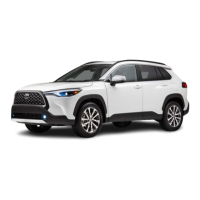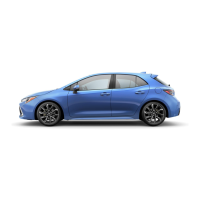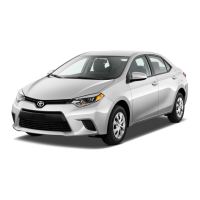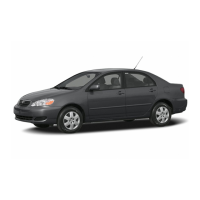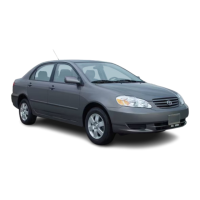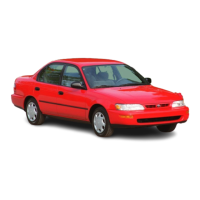198
4-5. Using the driving support systems
■ Situations in which the sensors
may not operate properly
● When the height or inclination of
the vehicle has been changed due
to modifications
● When the windshield is dirty,
fogged up, cracked or damaged
● When the ambient temperature is
high or low
● When mud, water, snow, dead
insects, foreign matter, etc., is
attached to the front of the sensor
● When in inclement weather such
as heavy rain, fog, snow, or a
sandstorm
● When water, snow, dust, etc. is
thrown up in front of the vehicle, or
when driving through mist or
smoke
● When the headlights are not illu-
minated while driving in the dark,
such as at night or when in a tun-
nel
● When the lens of a headlight is
dirty and illumination is weak
● When the headlights are mis-
aligned
● When a headlight is malfunction-
ing
● When the headlights of another
vehicle, sunlight, or reflected light
shines directly into the front cam-
era
● When the brightness of the sur-
rounding area changes suddenly
● When driving near a TV tower,
broadcasting station, electric
power plant, radar equipped vehi-
cles, etc., or other location where
strong radio waves or electrical
noise may be present
● When a wiper blade is blocking
the front camera
● When in a location or near objects
which strongly reflect radio waves,
such as the following:
• Tunnels
• Truss bridges
• Gravel roads
• Rutted, snow-covered roads
•Walls
• Large trucks
• Manhole covers
• Guardrail
• Metal plates
● When near a step or protrusion
● When a detectable vehicle is nar-
row, such as a small mobility vehi-
cle
● When a detectable vehicle has a
small front or rear end, such as an
unloaded truck
● When a detectable vehicle has a
low front or rear end, such as a
low bed trailer
● When a detectable vehicle has
extremely high ground clearance
● When a detectable vehicle is car-
rying a load which protrudes from
its cargo area
● When a detectable vehicle has lit-
tle exposed metal, such as a vehi-
cle which is partially covered with
cloth, etc.
● When a detectable vehicle is
irregularly shaped, such as a trac-
tor, sidecar, etc.
● When the distance between the
vehicle and a detectable vehicle
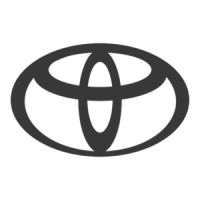
